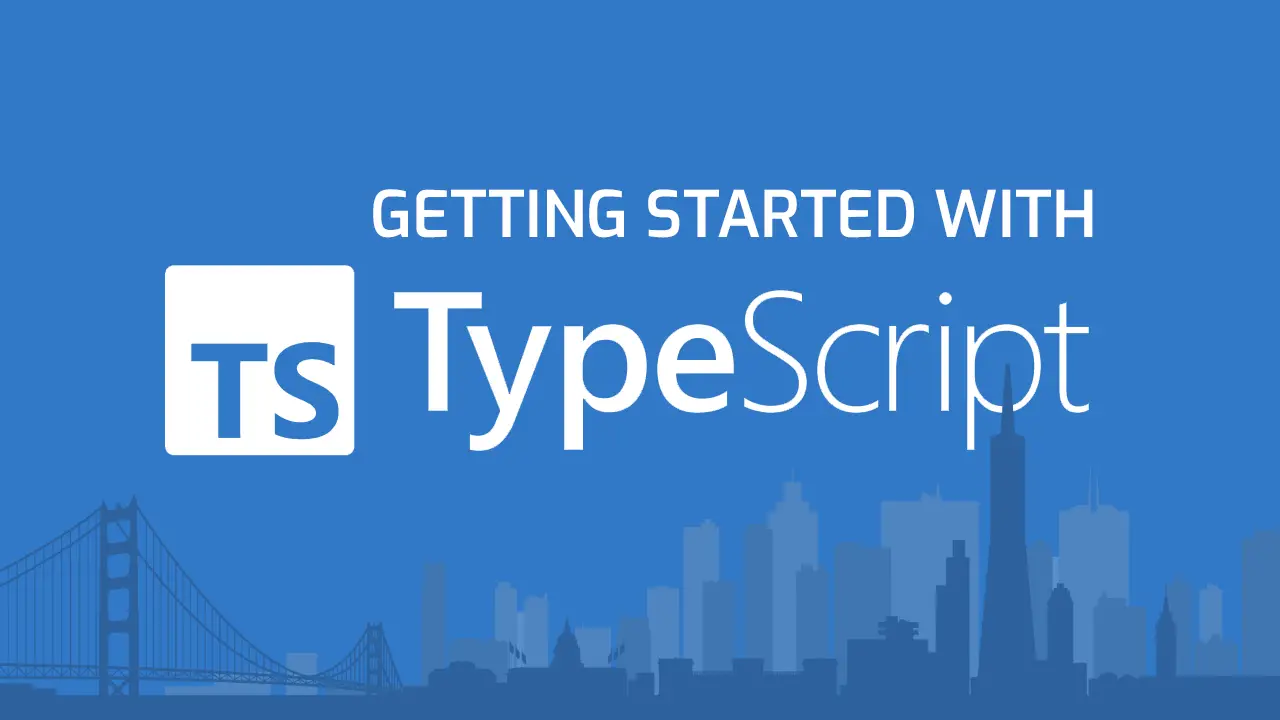Table of Contents
When you're working with strings, knowing how to create a line break is very useful.
A line break allows you to define when a section of text should be broken into multiple lines.
Rather than printing text multiple times, each on a different line, you can define a single text string that contains line breaks.
In this post, we'll look at how to use line breaks in Python.
Using line breaks in Python
The easiest way to use line breaks in Python is to use the \n character. This character indicates that the text that follows after it will be on a new line.
Simply include the \n character in your string when you want to break the text into multiple lines.
Here's an example of a 3-line string:
PYTHONstring = "This is the first line.\nThis is the second line.\nThis is the third line."
print(string)
BASHThis is the first line.
This is the second line.
This is the third line.
Another useful way to use line breaks is when you're in a loop.
PYTHONstring = ""
for i in range(3):
string += "This is line " + str(i) + ".\n"
print(string)
BASHThis is line 0.
This is line 1.
This is line 2.
Conclusion
In this post, we learned about how to use line breaks in Python.
To create a line break, simply include the \n character in your string.
Thanks for reading and happy coding!
 Getting Started with TypeScript
Getting Started with TypeScript How to Install Node on Windows, macOS and Linux
How to Install Node on Windows, macOS and Linux Create an RSS Reader in Node
Create an RSS Reader in Node Git Tutorial: Learn how to use Version Control
Git Tutorial: Learn how to use Version Control How to deploy a .NET app using Docker
How to deploy a .NET app using Docker How to deploy a PHP app using Docker
How to deploy a PHP app using Docker Learn how to use v-model with a custom Vue component
Learn how to use v-model with a custom Vue component Build a Real-Time Chat App with Node, Express, and Socket.io
Build a Real-Time Chat App with Node, Express, and Socket.io Using Push.js to Display Web Browser Notifications
Using Push.js to Display Web Browser Notifications Getting Started with React
Getting Started with React Setting Up Stylus CSS Preprocessor
Setting Up Stylus CSS Preprocessor Getting Started with Vuex: Managing State in Vue
Getting Started with Vuex: Managing State in Vue
